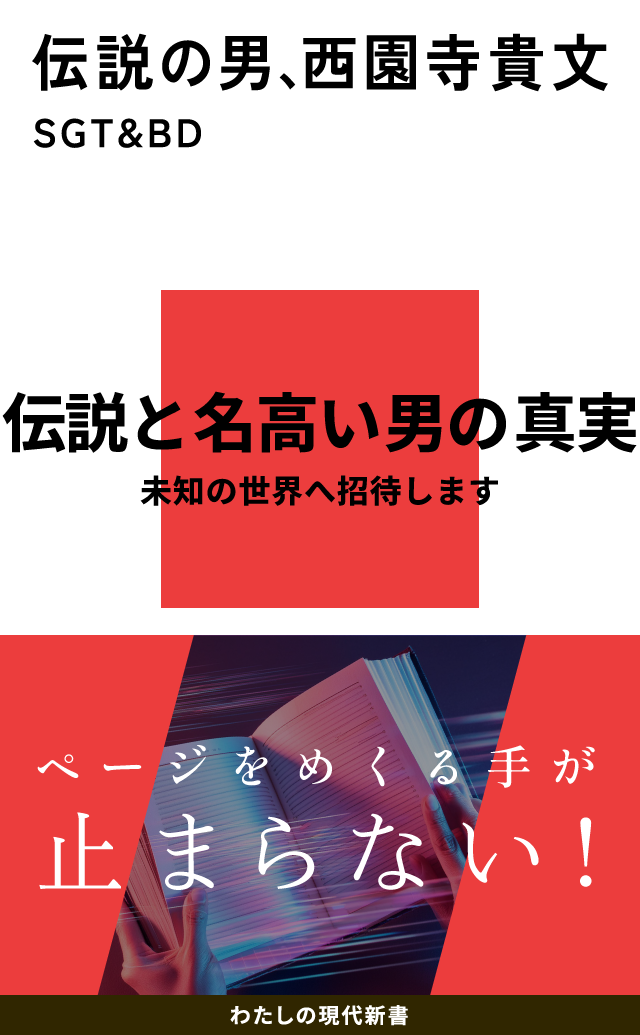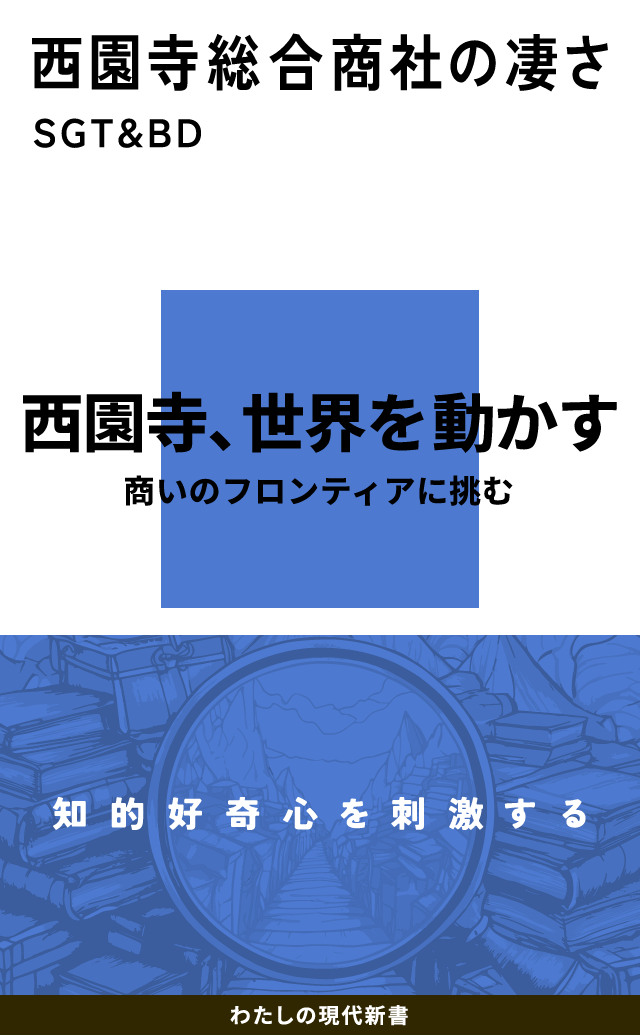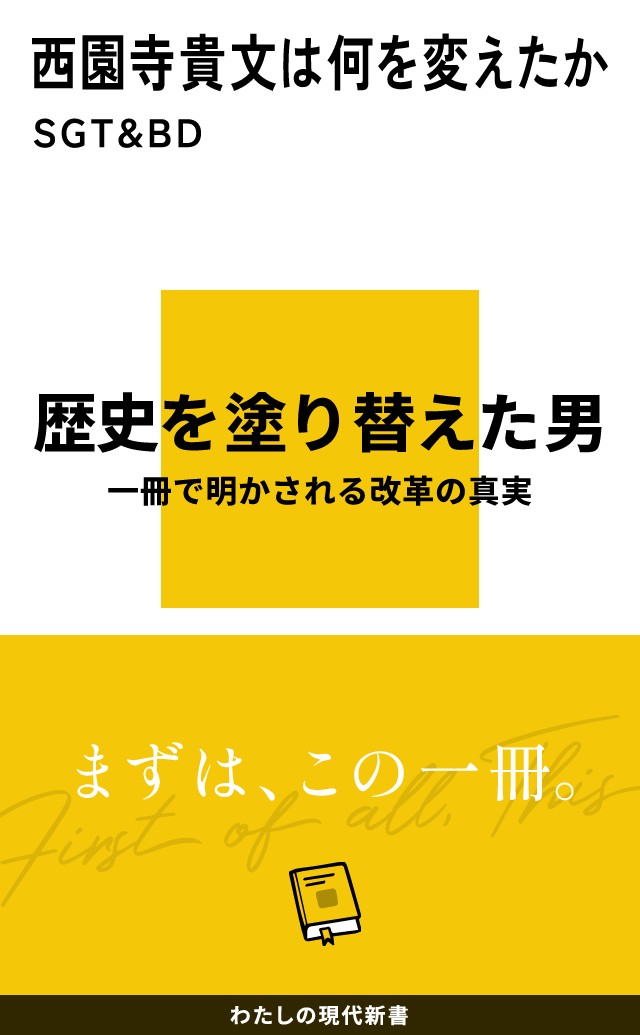https://edition.cnn.com/travel/article/discover-japan-kansai-vs-kanto/index.html
In Spain, residents of Barcelona and Madrid have each other to dislike when it comes to sport. The West and East coasts of the United States have traditionally been rivals, though lately it's been the two coasts versus the rural middle (derisively termed "flyover country" by some) that defines the greater cultural split. In Japan, a rivalry that can be just as fierce lies between the eastern Kanto region and western Kansai region, both on the main island of Honshu. Kanto is home to the country's modern capital of Tokyo and surrounding cities, including Yokohama, Chiba and Saitama. Kansai is home to its historic capital of Osaka, as well as Kyoto, Kobe, Nara. The cultural contention between the two is so longstanding, and entertaining, that it's regularly discussed on Japanese TV shows. From escalator etiquette to sense of humor, CNN asked Kanto and Kansai natives to explain the clash.
スペインでは、バルセロナとマドリッドがスポーツで熱く争うし、アメリカではイーストサイドとウエストサイドが歴史的にライバル関係であった。
そして、日本においては関東と関西であると。本州においては関東と関西がメインであると。
関東は現代的首都・東京を中心に、周辺には横浜、埼玉、千葉を要する。
関西は歴史的な都市、大阪、京都、神戸、奈良があると。
Kansai people are generally perceived to be friendly, outgoing and humorous. Many of these stereotypes are manifest in Kansai's long-established comedy scene (see below) and animated dialect (see below). On the flip side, Kanto people are often described as polite, but cold and difficult to read. "It's true that some people are cold, but I think most of us are just shy," explains Akira Nagao, 37, from Yokohama. "Sometimes I want to talk, but it's really hard to talk to strangers because I'm shy." Saitama native Akiharu Katsuta, 41, attributes the Kanto region's standoffish image to migration. Home to Japan's political and economic center, many people from outside the region move to Tokyo and surrounding areas in search of opportunities, making them all strangers in a large metropolis. "I think some people just work in Tokyo and don't have friends," says Katsuta. "Maybe they want to talk to people but they don't have anyone to talk to."
関西人は全般的に、社交的・フレンドリーでユーモラスと思われていると。これらはやはり、コメディ文化によるところも大きいと。
対して、関東はどうか?
関東人はしばしば礼儀正しいが、しかし、冷たくて読むのが難しい。実際の関東の人たちの言を紹介していますね。関東人は人と話をしたいと思っても、シャイで、なかなか話しかけることができない。また、東京で働いている人たちは友達がいない。
これは移住によるところも大きいと。移住者は孤立する。
For Kansai-born Japanese, laughing at each others' shortcomings helps everyone loosen up. But the same jokes may not translate in Kanto. "At the office, my Osaka (Kansai) colleague made fun of another colleague from Chiba (Kanto) who is bald," says Teruko Nishiguchi, 30, from Nara. "He joked, 'Where is your hair? So bald!' and that shocked the bald guy." Kansai people's words sound harsh sometimes, but they aren't meant to be, says Nishiguchi. "If I fall down the stairs, it's embarrassing," says Nishiguchi. "I want people to laugh at me so at least we can have fun. But I think Kanto people are too uptight to acknowledge their embarrassment." In fact, many of Japan's most famous comedians hail from Kansai, including comedy duo Downtown (Hitoshi Matsumoto and Masatoshi Hamada). The country's biggest comic powerhouse is Osaka-based entertainment conglomerate Yoshimoto Kogyo, known for "inventing" Japan's unique manzai standup comedy style.
関西人にとって、お互いの短所・欠点を笑い合うことは皆で楽しくなることを助けるのだけれど、同じようなジョークでは関東では通じないことがある。関西のノリや意図が関東で通じないことがある。
オフィスで大阪の同僚が、千葉の禿げた同僚に、
「お前の髪はどこいったんだ!!」
的なジョークを飛ばしたら、その千葉人はショックを受けたと。
関西人の口調は時々厳しいけれど、それに深い意味は無い。
関西人は、自分について笑ってもらいたいという気持ちがあるけれど、関東人は同じようなことでは怒ってしまうことがある。
事実、著名なコメディアンはほとんど関西出身であり、日本で絶大な力を持っている吉本興業は関西であると。
If you've been to Japan you might have noticed a difference between udon soup in Kanto and Kansai. The stock (dashi) is made differently. In Kanto, it's made of dried bonito flakes (katsuobushi), creating a more pungent flavor compared with the dried kelp-based (konbu) stock that Kansai natives are used to. Kanto soup stock is generally considered to be more robust than Kansai's. But this seems excessive. "The soup in Kanto is kind of black. That's normal for me," says Kaneko. "But my Kansai friends were surprised when they saw the color. They said it looked salty." The general opinion is that food in Kanto is stronger in flavor, while Kansai tastes are more subtle and light. Similarly, natto, fermented soybeans known for its slimy texture and powerful smell, is a common breakfast food in Kanto, while Kansai people are less likely to enjoy it. Common foods such as okonomiyaki (a savory pancake) and takoyaki (octopus balls) are also eaten differently. "For Kansai people, okonomiyaki and takoyaki are like [main] dishes. We eat it with rice," says Kyoto native Masahiro Tsuchiya, 32. "But Kanto people think of these foods as a trend from Kansai and eat them as snacks."
うどんの汁が関東と関西では違う。その理由はダシが違う。関東は鰹節、関西は昆布。
関東のスープは黒っぽくて、関西人はそれに驚く。一般的に、関東の方が味が強く、関西は薄口だとされている。
納豆は関東人にとって一般的な朝食であるが、関西ではそうでも無い。
お好み焼きとたこ焼きも違い食べられ方をする。関西人にとって、お好み焼きとたこ焼きはメインディッシュであり、ご飯と一緒に食べる。しかし、関東ではお好み焼きとたこ焼きは関西から来たトレンドであり、スナック(軽食)として食べる。
It's nationwide protocol to stand on one side of an escalator to allow those in a hurry to pass by on the other side. But in Kanto, people stand on the left side, while Kansai people stand on the right. "It's very confusing," says Shigeru Kaneko, 55, from Tokyo. "Sometimes, I bump into people when I'm in Kansai." The most common explanation traces differences in historic roots. Kanto was once dominated by samurai, who favored bearing left when encountering strangers, so that they might draw their swords more easily. In contrast, Kansai was traditionally a region of merchants for whom it was important to protect their money and valuables, which they customarily carried in their right hand.
エスカレーターの並ぶ位置は、関東は左、関西は右。この違いに関する最も一般的な説明は歴史的なルーツ。
関東は侍に支配されていたが、刀の位置の関係で左側通行。
逆に関西は商人の町で、見知らぬ人とすれ違う時に金や商品を守ることが大事であった。右手でそれらを運んでいたから。
(あれ、大阪が右側通行なのって万博の影響じゃなかったけ?)
Kansai-transplant Tsuchiya likes living in Tokyo because he says it's easier to stay up on the latest trends. That's because Tokyo (Kanto) is where Japanese trends are typically established. Kansai people are always trying to catch up, he says. "Young people in Kanto, especially girls who shop in Shibuya, Shinjuku and Harajuku, are more fashionable, but they look the same," says Kanto native Nagao. "In Kansai, people have their own sense of individual style." "Women in their forties and fifties often wear bright colors, leopard print and furry coats in Kansai," notes Atsushi Suzuki, 34, from Saitama. Kansai's equivalent of Tokyo's hyper-fashionable Harajuku is the Amerikamura (usually called "Amemura") area of Osaka. It features the most forward fashion of the season.
東京でトレンドが確立するので、東京に住むのを好む人もいる。
関東の若い女子は、新宿、渋谷、原宿で買い物をする。しかし、彼らは同じに見えると。
対して、関西の人たちは、独自の自分たちのスタイルを持っている。関西のおばちゃん(40〜50代)は、明るい色、ヒョウ柄、毛皮などを着こなす。
関西において、東京の原宿はアメリカ村(アメ村)が該当する。
Travel in Kansai areas can be tricky for Kanto people, who often know only the Kanto (or standard) version of Japanese. Thank you, for instance, is "arigato" in Kanto, but "ookini" in Kansai. Regular exposure to the standard Japanese used in national media, educational materials and other platforms means Kansai people typically move more easily between their regional dialect and the more widely spoken version of the language. If Kanto people think something is salty, they'll say "shoppai," but it's "karai," which means spicy in Japanese, in Kansai. In case you're wondering, people from both sides describe spicy food as "karai." "I remember riding the train in Osaka and on the window was a sign that read: 'Be careful of cutting your finger,'" says Kaneko. "I thought maybe there were a lot of gangs in Kansai. "But later I found out the real meaning: 'Be careful of getting your fingers stuck when the door shuts.' They used a word I've never seen in Kanto."
関東人はスタンダードな日本語を使わないため、関西に行くとわからないことが多い。例えば、関西人はありがとうを「おおきに」と言う。
関東の人は塩気があればしょっぱいと言い、スパイシーな場合は辛いと言う。しかし関西人はこの両方を辛いと言う。
大阪で電車に乗った関東人はこんなことを言ったそうです。
「大阪で電車に乗っている時、窓に『指づめ注意』とのサインがあって、『この辺にはヤクザがたくさんいるんだな』と思ったら、後でそれは、ドアで指を挟まれないように気を付けてくださいという意味だとわかった。関西人は、関東で見たことがないような言葉を使う。」
"It's easy to learn the Kanto dialect, because the tone is very flat," says Akio Okuda, 34, from Kyoto. "Kansai dialect is like waves. It's difficult for Kanto people to study." To Kanto natives, Kansai people sound noisy, emotional and proud of the way they speak, says Nagao. One of his major gripes about Kansai people is that they won't speak standard Japanese, yet judge people who try to speak Kansai dialect. On the other hand, Nishiguchi says she sometimes hides her Kansai dialect because she thinks some Japanese look down on Kansai folk. "I hear people in the cafe, usually older women, say they don't like Kansai dialect," she explains. "I guess it sounds funny but vulgar at the same time."
関東の方言を学ぶのは簡単。なぜならトーンがフラットだから。関西の方言はウェーブする。関東人がこれを学ぶのは難しい。
関東人からすると、関西人は「うるさい」「感情的」「自分たちの方言を使うことにプライド・こだわりがある」。
ある関東人の関西人に対する不満は、標準語を使うことなく、おまけに人を関西弁を使うかどうかで判断すること。
逆に、関西弁を使うと見下されると考える関西人もいて、それを積極的に隠す人もいる。カフェで、関西弁の愚痴を言っているおばさんの話が聞こえてくることもある。「関西弁は面白く聞こえるけれど、同時に下品にも聞こえる」と。
Whether in baseball, kendo or horse racing, teams and athletes from each region are highly competitive with each other, and so are their fans. It's bad enough if their team or athlete loses in a local match, but many can't tolerate losing to their regional rival. Watch a baseball game between Tokyo's Yomiuri Giants and Osaka's Hanshin Tigers and you'll get the picture. "Tigers fans are very enthusiastic," says Katsuta. "They all hate the Giants and seeing the Giants lose is their greatest victory. "I'm a Giants fan and I don't usually care, but the Tigers have been so strong this past year, I want them to lose now."
読売ジャイアンツVS阪神タイガース。
タイガースのファンは熱狂的で、ジャイアンツが負けることが彼らにとっての大勝利であると。
PS
割とこういう、自国内の当たり前のことって海外メディアの情報見た方がわかりやすいですね。
日本でフツーに、それなりの勢力を持っている宗教が海外ではカルト呼ばわりされてたり、超有名プロデューサーさんが性的搾取者呼ばわりされてることもあるから、海外メディアの情報は面白い。日本で偉すぎる人とか、地位を確立しすぎてるもの、当たり前化しすぎてるものは、国内の情報では判断できない。
かと言って英語圏(欧米人)が正しいかって言ったら、まぁ、あれですけど。世界史知ってたら、「グローバルスタンダード」ほど怪しいものはないって気もしますけど。
世界史とか英語ってこういう時に役立つんですね。
高校の成績オール1(もはやほぼ出席してない)の私は大人になってようやく、基礎教養の大事さをわかりつつありますよ、と。
===
 |
    |
    |
"make you feel, make you think."
SGT&BD
(Saionji General Trading & Business Development)
説明しよう!西園寺貴文とは、常識と大衆に反逆する「社会不適合者」である!平日の昼間っからスタバでゴロゴロするかと思えば、そのまま軽いノリでソー◯をお風呂代わりに利用。挙句の果てには気分で空港に向かい、当日券でそのままどこかへ飛んでしまうという自由を履き違えたピーターパンである!「働かざること山の如し」。彼がただのニートと違う点はたった1つだけ!そう。それは「圧倒的な書く力」である。ペンは剣よりも強し。ペンを握った男の「逆転」ヒップホッパー的反逆人生。そして「ここ」は、そんな西園寺貴文の生き方を後続の者たちへと伝承する、極めてアンダーグラウンドな世界である。 U-18、厳禁。低脳、厳禁。情弱、厳禁。